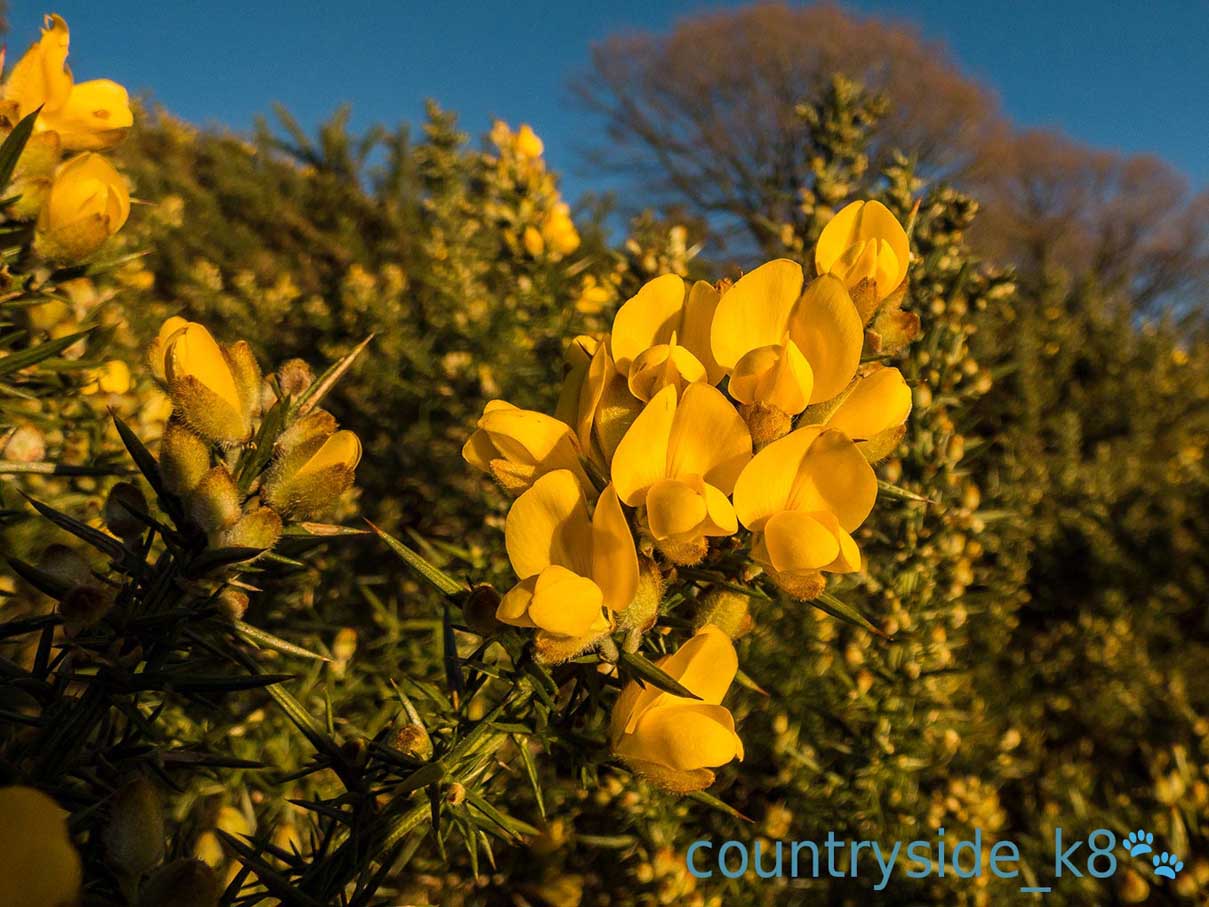
Common Gorse
Common Gorse
Latin name: Ulex europaeus
Common Gorse is a large, evergreen shrub, with coconut perfumed yellow flowers, is covered in spiky green leaves and is a member of the pea family.
Common Gorse grows in all kinds of habitats, from heaths and coastal grasslands to towns and gardens. It usually flowers from January to June, but can flower sporadically throughout the year.
Gorse attracts many pollinators and its seed pods are eaten by the Gorse Pod moth and the Gorse Weevil. It also provides shelter and food for birds, such as Dartford Warblers, Stonechats and Yellowhammers.
Traditionally, Common Gorse provided fuel for bread ovens, used as fodder for livestock; was used as a chimney brush and also as a dye for Easter Eggs.
There are two other species of gorse in Britain. Western Gorse is mainly found in western Britain and flowers in late summer and autumn. Dwarf Gorse flowers later and is mainly found in Southern and Eastern England.
The name ‘Gorse’ comes from the Old English ‘Gorst’, meaning a wasteland or uncultivated area.
You can preserve the flowers in vinegar and they can be eaten like capers. You can also add them as a flavouring to spirits.
Created: 23 September 2018 Edited: 23 September 2018
Secrets of Shaly Dingle
Own label and private label building products
We produce, brand and supply for some of the biggest names in the industry. Read more...


